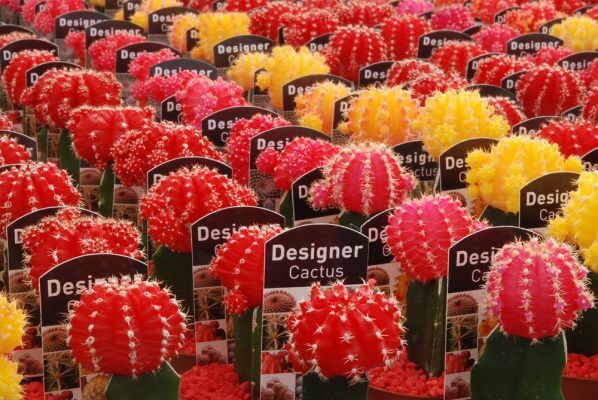Since user experience is the key to standing out as a brand in today’s competitive business landscape, it’s a good idea to think carefully about the useful care information you can put on a label to help your customer embrace their new hobby with plenty of success. Here are just some of the pieces of care information you should place on your plant labels.
1. A Description of the Plant
Most plant labels include an image of the flower or plant that’s expected to appear if the gardener gives the bulb or seedling the right amount of attention. However, you can also offer a description on the back of the label to give your customer a more in-depth insight into the size, and appearance of the plant as it changes over time. You can also use this space to inform customers whether your plant needs a support structure, like a trellis, to thrive.
2. Placing Requirements
Some plants don’t perform well when they’re placed next to other flowers and bulbs that could steal their resources or make it more difficult for them to get the light and water they need. The back of a plant label should include information for a customer to tell them where they should place their plant in their garden to get the best results. For instance, does your consumer need to situate their plant in an area that gets a lot of sun, or is it important to keep it away from too much moisture?
3. Plant Growth or Maturity Rate
Some beginning gardeners aren’t always as patient as they should be when it comes to waiting for a plant to blossom and grow. If weeks pass and your customer still doesn’t see any signs of life, they could think that they’ve got a defective bulb or a poor packet of seeds. This has the potential to damage your reputation – particularly if they complain online. A good way to avoid this problem is to offer information on how long it takes for a plant to reach full maturity.
4. Use Options
Finally, while some plants and flowers are intended simply to make a garden look beautiful, some have specific uses which make them even more appealing to new gardeners. If you sell edible plants or herbs, then you could consider offering your customers some information on how they can use their plant after it’s grown. For instance, how about a quick recipe for a delicious stew on the back of a packet of carrot seeds?
Keeping your Customers Informed
While it’s important to make sure that your plant labels are attractive enough to capture the eyes of your intended customer, it’s also worth adding enough information to ensure that budding gardeners know how to make the most of their purchase. This can lead to happier customers and a better reputation for your botanical brand.
To find out more about clever ways to organize your nursery please contact us directly on 1300 848 672



